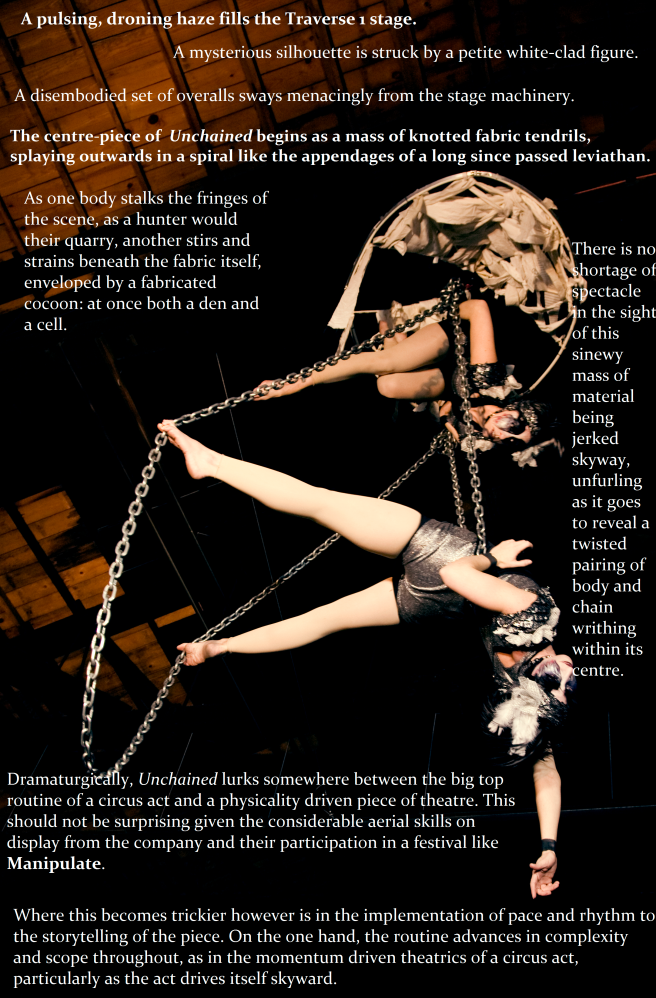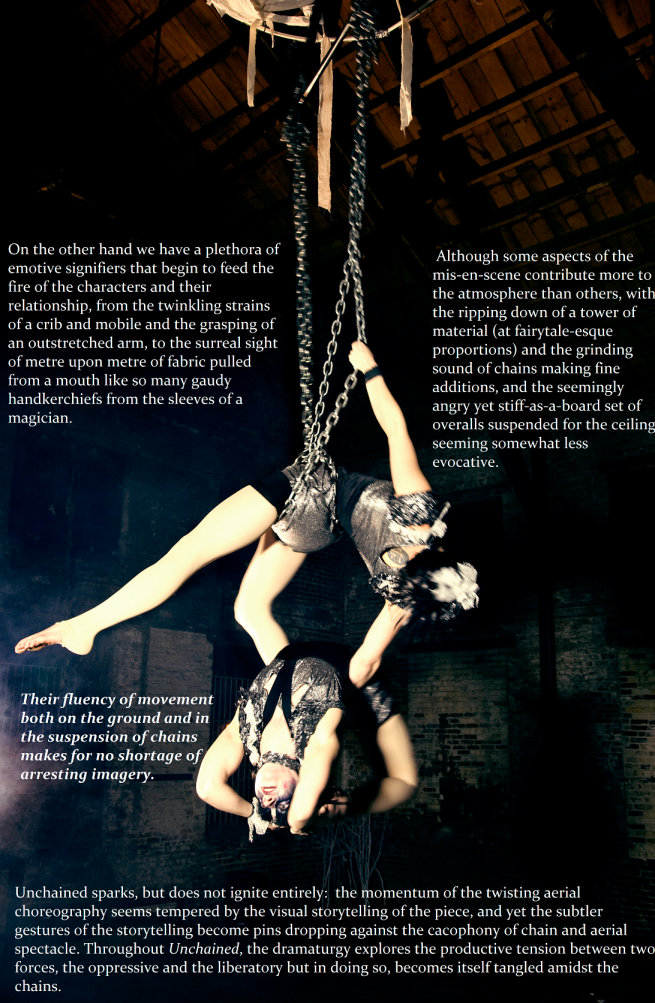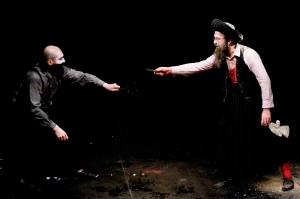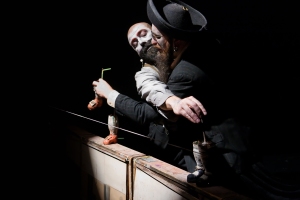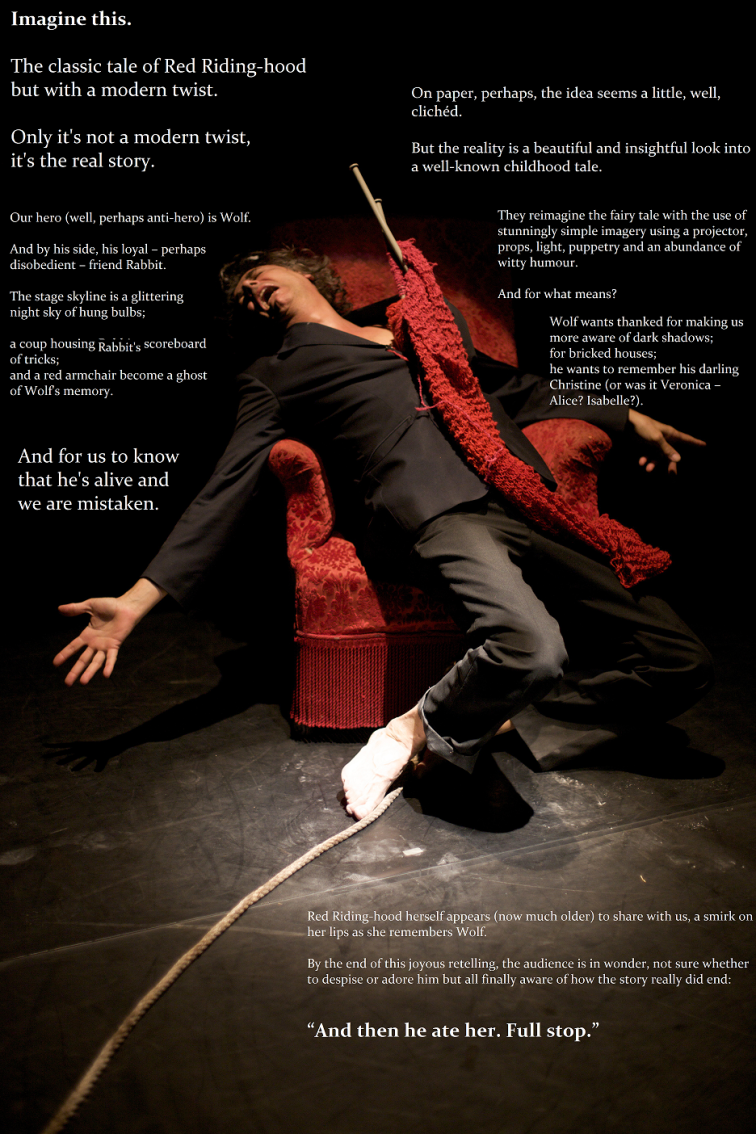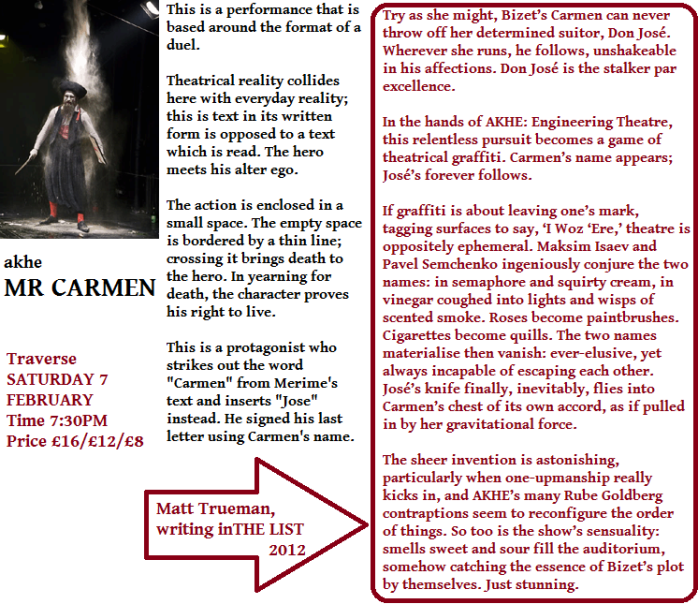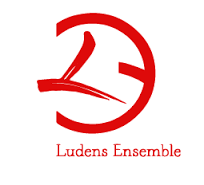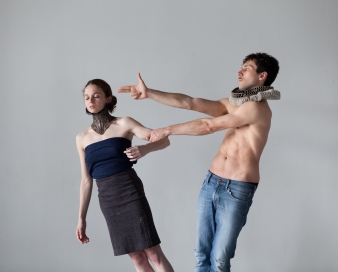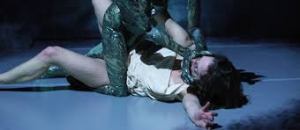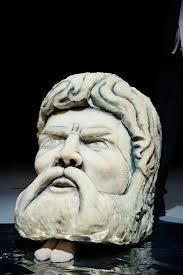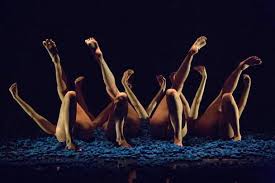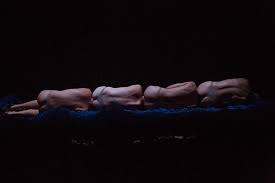Knock Knock showcases the working progress from Emma King and Catherine Elliot, with the support from Puppet Animation Scotland and the assistance of Physical Theatre Scotland. They share 4 short pieces which experiment with various puppetry styles and movement.
Opening with an audio of children laughing, an uneasy atmosphere is instantly created. A young shadow puppet cries in fear as something scuttles behind the door until the performers contort their bodies. They rip the door away from the set which leads to the next piece.
This includes a baby that is dismantled in front of our eyes and as this innocent infant screams, the atmosphere becomes creepy and uncomfortable. This is lightened by two paper puppets. They were given comical personalities by the performers. By not using real words, just sounds, the audience was transported to this new little world.
The feature of the door allows the audience to question “what is behind the door?” It is the unknown that can scare us and it was apparent that this was one of the themes the company held strongly to.
Knock Knock concludes with a talk from King and Elliot. It was revealed that they want to develop it into a show for children. Yet they emphasise a thriller aspect in the project. This raises the question, is the production asking to go in another direction-possibly something too dark for children?
As a working progress, each piece looks promising. The enthusiasm that King and Elliot show proposes that it is going to be a promising time ahead.

